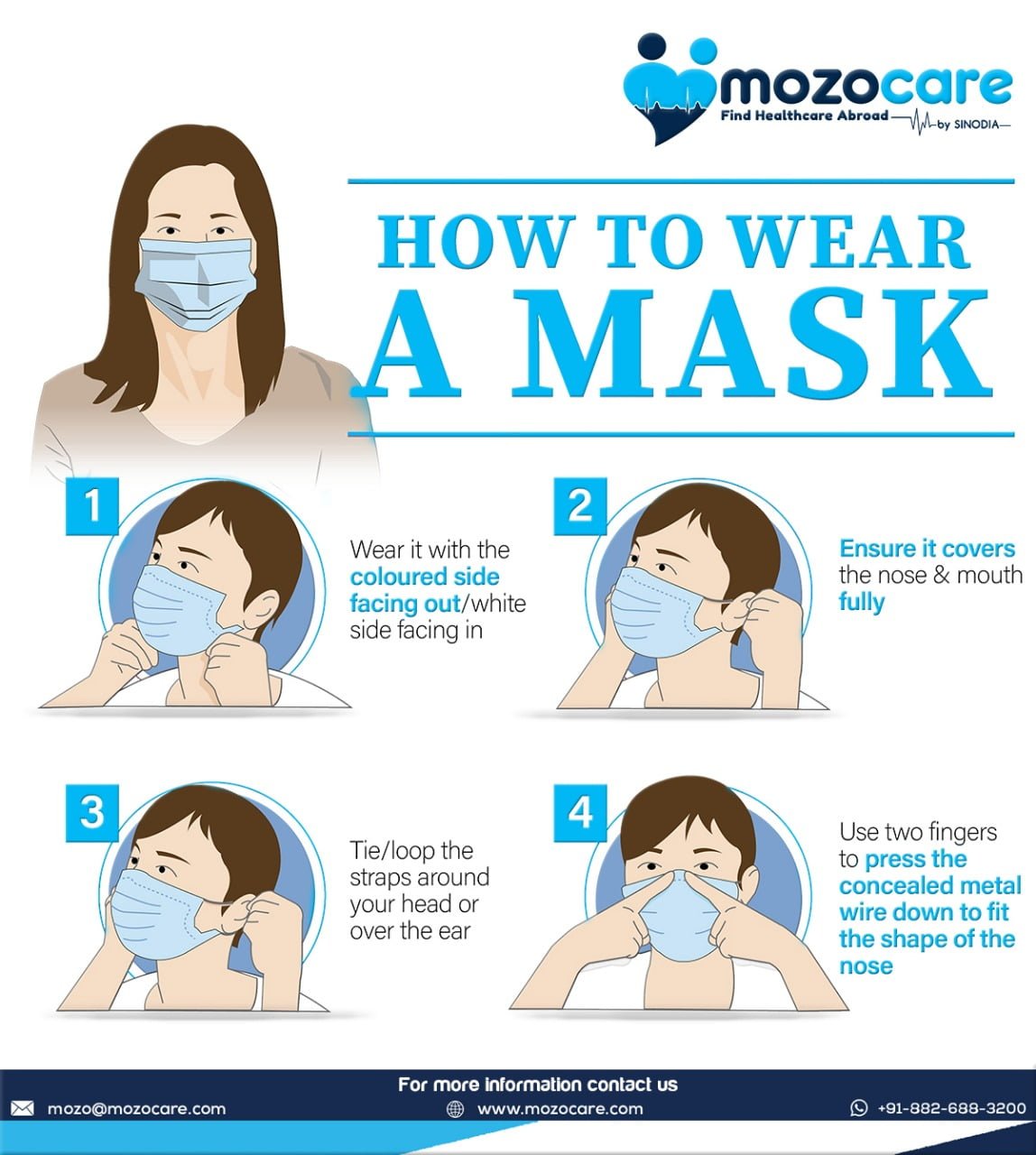
In the middle of the pandemic, everyone is worried about finding the right mask and what type of mask actually suits. So, here is the list of masks that you need to know.
Homemade face masks offer a small degree of protection, but they may help prevent the spread of germs from asymptomatic people. The CDC recommends using them in public settings, as well as practicing social distancing and proper hygiene.
Flat, rectangular surgical face masks are made of thin, paper-like material. The mask fits loosely around your nose, mouth and chin. Surgical masks are disposable and not designed to be used more than once. These masks shield against the large droplets that come from a sick person’s cough or sneeze, but they’re too loose to protect against all germs.
Sick people to avoid infecting others, and caretakers aiding the quarantined patients should wear surgical masks. If worn by the caregiver, the surgical mask protects the patient and his or her environment (air, surfaces, equipment, surgical site). If worn by a contagious patient, it prevents the patient from contaminating his or her surroundings and environment. These masks should not be worn for more than 3 to 8 hours.
In addition to splashes, sprays, and large droplets, these respirators can also filter out 95 percent of very small particles. This includes viruses and bacteria. N95 respirator(disposable) can help protect healthcare workers from germs by blocking out at least 95% of small airborne particles-if worn correctly.
Each of these two types of masks is subject to different standards and regulations depending on the country or geographical area.
R-Series (R95)
Unlike the N-Series, the R-Series particulate respirators are resistant to oil, which means they provide protection against both solid and liquid aerosol particulates that may contain oil. R-series respirators, however, are only certified for up to 8 hours of service life. Due to these specific service life restrictions, R-Series particulate respirators are the least common type of particulate respirators.
P-Series (P95 & P100)
P-Series particulate respirators are similar to the R-series in that they provide protection against both solid and liquid aerosol particulates that may contain oil. The service life of P-Series particulate respirators, however, is substantially longer, with recommended disposal after 40 hours or 30 days of use, whichever comes first. These masks are generally not-recommended during the pandemic as this extended service life is contingent on the mask being undamaged with no detectable breathing resistances.
Ideally the masks should be discarded after each patient encounter and after aerosol generating procedures. It should also be discarded when it becomes damaged or deformed; no longer forms an effective seal to the face; becomes wet or visibly dirty; breathing becomes difficult; or if it becomes contaminated with blood, respiratory or nasal secretions, or other bodily fluids from patients.
To safely throw away your mask, place it in a plastic bag and put it in the trash. Wash your hands after handling the used mask.